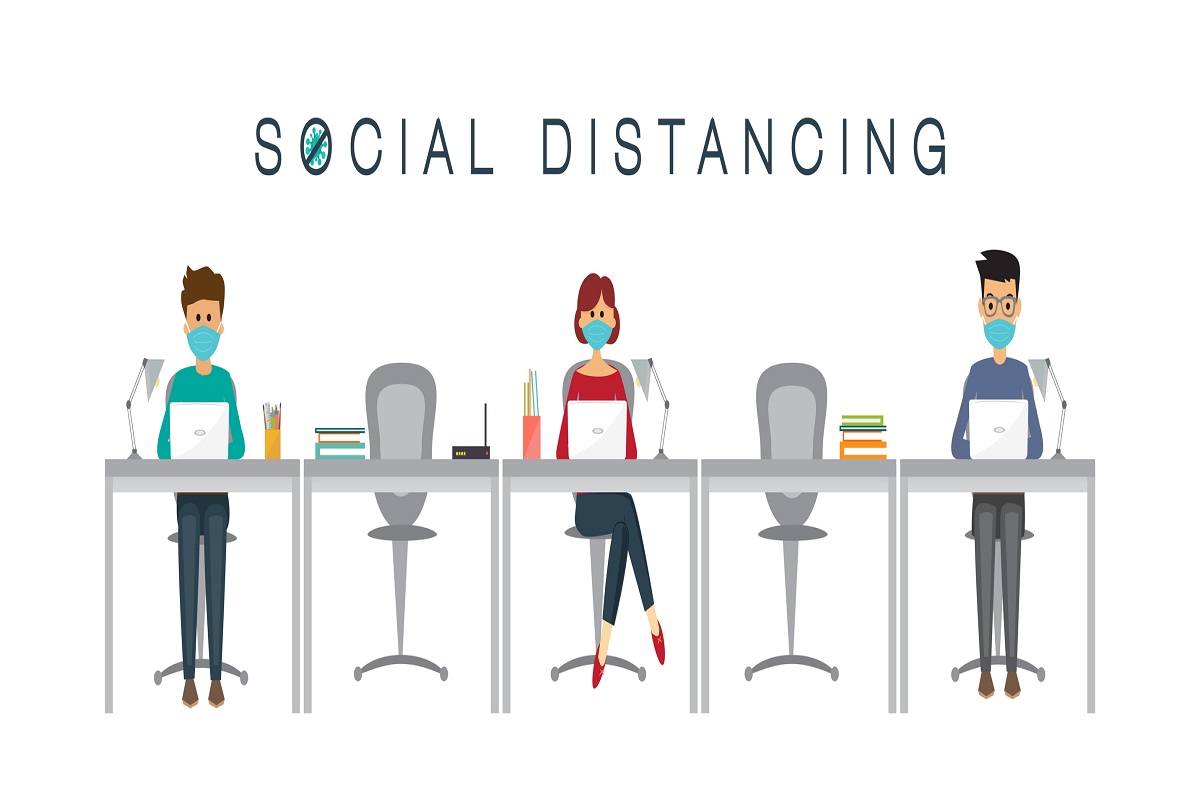Trump announces US withdrawal from World Health Organisation
Trump has long been critical of the WHO, and his administration formally withdrew from the organisation in July 2020 as the Covid-19 pandemic continued to spread.
The Architectural engineering team at the University of Pennsylvania found that indoor distances of two metres may not be sufficient enough to curb transmission of airborne aerosols.

(Representational Image; Source: iStock)
Six feet physical distance required to avoid the Covid-19 virus an infected person may shed when breathing or speaking may not help indoors, say researchers.
The Architectural engineering team at the University of Pennsylvania found that indoor distances of two metres may not be sufficient enough to curb transmission of airborne aerosols.
Advertisement
Aerosols traveled farther and more quickly in rooms with displacement ventilation, where fresh air continuously flows from the floor and pushes old air to an exhaust vent near the ceiling.
Advertisement
This is the type of ventilation system installed in most residential homes, and it can result in a human breathing zone concentration of viral aerosols seven times higher than mixed-mode ventilation systems.
Many commercial buildings use mixed-mode systems, which incorporate outside air to dilute the indoor air and result in better air integration — and tempered aerosol concentrations, according to the researchers.
“Our study results reveal that virus-laden particles from an infected person’s talking — without a mask — can quickly travel to another person’s breathing zone within one minute, even with a distance of two metres,” said Donghyun Rim, Associate Professor of architectural engineering.
“This trend is pronounced in rooms without sufficient ventilation. The results suggest that physical distance alone is not enough to prevent human exposure to exhaled aerosols and should be implemented with other control strategies such as masking and adequate ventilation,” Rim added. The findings are available online in the journal Sustainable Cities and Society.
The researchers examined three factors: The amount and rate of air ventilated through space, the indoor airflow pattern associated with different ventilation strategies, and the aerosol emission mode of breathing versus talking.
“This is one of the surprising results: Airborne infection probability could be much higher for residential environments than office environments,” Rim said. “However, in residential environments, operating mechanical fans and stand-alone air cleaners can help reduce infection probability.”
According to Rim, increasing the ventilation and air mixing rates can effectively reduce the transmission distance and potential accumulation of exhaled aerosols, but ventilation and distance are the only two options in an arsenal of protective techniques.
Advertisement